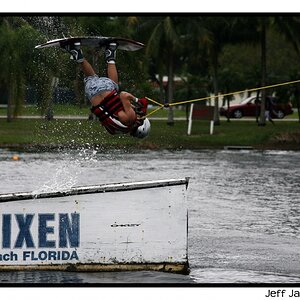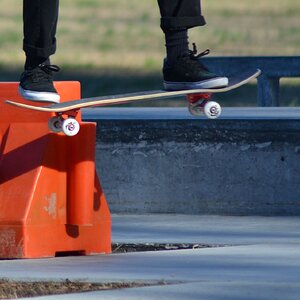AJPhotographic
TPF Noob!
- Joined
- Jan 24, 2016
- Messages
- 14
- Reaction score
- 10
Hello.
I've been taking photographs for a while now but I'm a little new to timelapse. This was my first time using after effects and premiere pro and also my first time working with hyperlapse techniques.
For more info on the workflow and kit I used please read the description below.
Any feedback is more than welcome. Thanks for reading. Enjoy!
I captured all the still frames with a Canon 600D and a selection of wider angle lenses. For some of the shots I used a B&W 10 stop ND filter to give me really long shutter speeds in the daytime. To control the camera I used either a cable remote or, if I needed exposure ramping, I would use qDSLRDashboard. This is a really good app that basically lets me change settings on the camera during a shoot, without having to touch the camera.
Next I would import the RAW files into Lightroom and convert them to DNG, delete any files that are not part of the sequence, and then rename them. Then came the editing. I owe some credit to Gunther Wegner, gwegner.de, the creator of LRTimelapse. This excellent piece of software allows me complete freedom of editing throughout the duration of the sequence, using all the tools of Lightroom. This is especially important for removing flicker in those scenes where the exposure values were changed, such as sunsets.
Once the editing was complete, the images were rendered into a video file using After Effects and the Cineform Codec from GoPro, I used the highest quality settings to preserve as much colour as possible, and the filmscan 2 option. I chose this codec because it gave me the best colour representation, compared to the original images, and resulted in producing manageable file sizes. 10 seconds of video is about 5GB. Some of the sequences had some image stabilization and other effects applied in AE before rendering. This was mostly for the blending of the hyperlapse scenes, but also, a few of the longer sunset scenes needed some correction to remove camera shake and some other issues.
At this stage I now had a very high resolution, high quality, edited, self contained video file. Once I had enough different footage, I used Premiere Pro to arrange all the individual videos in to one sequence. Then export them using the Avid HD codec into DNxHD 175x. This created a 5 GB file with 10bit colour that is also YouTube friendly.
I've been taking photographs for a while now but I'm a little new to timelapse. This was my first time using after effects and premiere pro and also my first time working with hyperlapse techniques.
For more info on the workflow and kit I used please read the description below.
Any feedback is more than welcome. Thanks for reading. Enjoy!
I captured all the still frames with a Canon 600D and a selection of wider angle lenses. For some of the shots I used a B&W 10 stop ND filter to give me really long shutter speeds in the daytime. To control the camera I used either a cable remote or, if I needed exposure ramping, I would use qDSLRDashboard. This is a really good app that basically lets me change settings on the camera during a shoot, without having to touch the camera.
Next I would import the RAW files into Lightroom and convert them to DNG, delete any files that are not part of the sequence, and then rename them. Then came the editing. I owe some credit to Gunther Wegner, gwegner.de, the creator of LRTimelapse. This excellent piece of software allows me complete freedom of editing throughout the duration of the sequence, using all the tools of Lightroom. This is especially important for removing flicker in those scenes where the exposure values were changed, such as sunsets.
Once the editing was complete, the images were rendered into a video file using After Effects and the Cineform Codec from GoPro, I used the highest quality settings to preserve as much colour as possible, and the filmscan 2 option. I chose this codec because it gave me the best colour representation, compared to the original images, and resulted in producing manageable file sizes. 10 seconds of video is about 5GB. Some of the sequences had some image stabilization and other effects applied in AE before rendering. This was mostly for the blending of the hyperlapse scenes, but also, a few of the longer sunset scenes needed some correction to remove camera shake and some other issues.
At this stage I now had a very high resolution, high quality, edited, self contained video file. Once I had enough different footage, I used Premiere Pro to arrange all the individual videos in to one sequence. Then export them using the Avid HD codec into DNxHD 175x. This created a 5 GB file with 10bit colour that is also YouTube friendly.


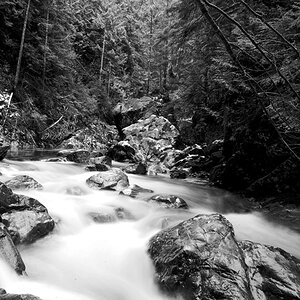
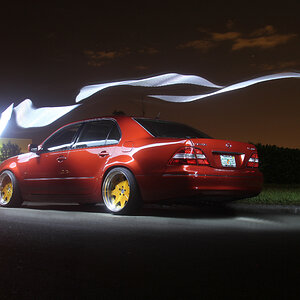
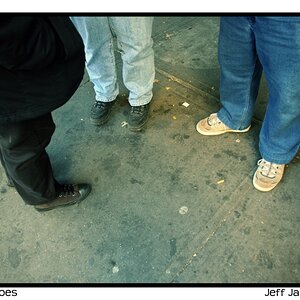
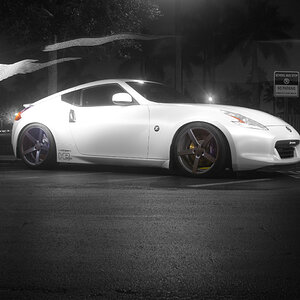
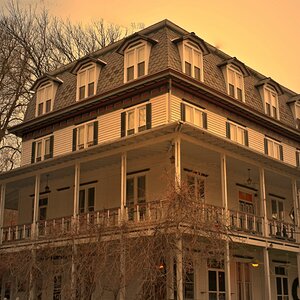
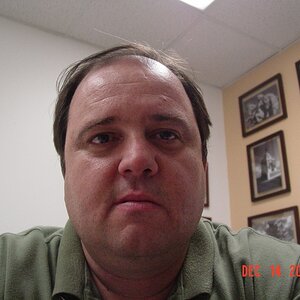



![[No title]](/data/xfmg/thumbnail/41/41889-81d59d4994c91e71aaf805b05b133966.jpg?1619739933)
